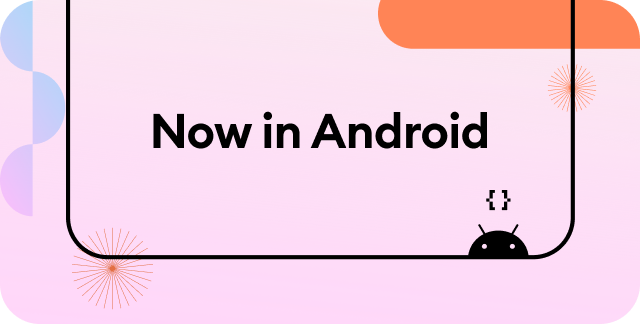Samples
A selection of code samples and templates for you to use to accelerate your app development. Browse samples to learn how to build different components for your applications.
Featured
Now in Android
Now in Android is a fully functional Android app built with Kotlin and Jetpack Compose. It models Android design and development best practices and was designed to be a useful reference for developers.

